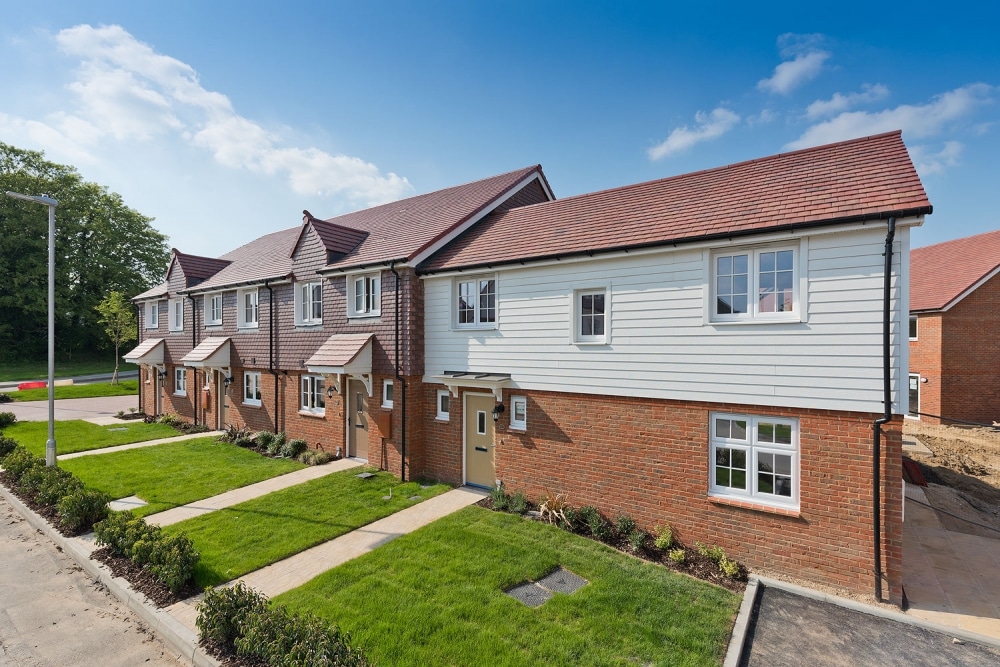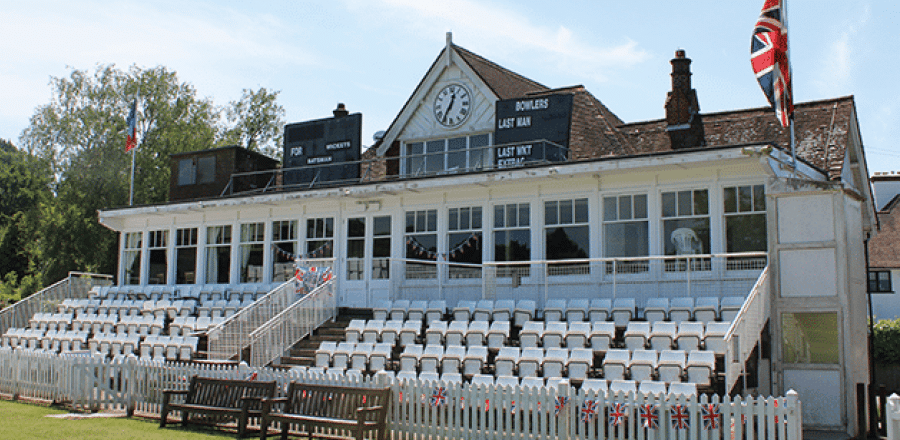The document, which dictates housebuilding policy up to 2031, is open for public consultation until November 12.
The draft, which was approved by full council, dictates that 40 per cent of new homes across most of the borough, including Tonbridge, must be affordable.
The council also hopes to resolve the problem of soaring rent by ‘pegging’ it to the Local Housing Allowance [LHA].
This standard nationwide calculation could in principle see rent lower than it is set for social or affordable housing, which is 80 per cent of local market rent.
That figure is still regarded as being so high in the commuter belt that it prices too many local people out of the market.
According to new research by Ordnance Survey, Tonbridge & Malling has the second highest rent-to-salary ratio in Kent for young people, who spend 42 per cent of their pay on accommodation.
The figure is higher than Tunbridge Wells, where adults aged 22 to 29 spend 39 per cent of their income on a one-bedroom property. In Sevenoaks the burden is even higher, at 46 per cent.
The average monthly rent in the borough is £788 – compared to £722 in Tunbridge Wells and £857 in Sevenoaks.
Cheaper housing in the Local Plan will split up into 70 per cent social or affordable rent and 30 per cent ‘intermediates’ like shared ownership and help-to-buy.
The council will build more of them in the ‘higher value area’ – the majority of the borough, including Tonbridge.
Four in ten homes on developments of at least 11 houses or more than 1,000 square metres will qualify, while in the north-east the figure is reduced to 25 or 30 per cent because there is less demand.
The Strategic Housing Market Assessment for the Local Plan identified a need to build 277 affordable homes a year.
Between May 2013 and the end of this year, 505 affordable homes were scheduled for construction, though that figure includes assisted living sites.
In Tonbridge there have been 103 new affordable homes over those five years, including 44 at Enterprise House on Avebury Avenue and 55 at Priory Works.
The council believes its hard-line approach will improve the supply. Its Leader, Nicolas Heslop, told the Times: “If landowners think they can sell on their land at a good price, and then the developer comes along and says, ‘Oh but we didn’t take account of the infrastructure improvements required in terms of viability and actually it’s not affordable’, well sorry, that was in the document, you knew that when you sold the land. You should have factored that in.
“You wouldn’t buy a house at full value if it was riddled with woodworm, would you? You would take something off the asking price, and I think it’s a similar argument.
“The developers should be in no doubt about what the infrastructure requirements are.”
Chief Planning Officer Louise Reid explained the thinking behind the LHA rental changes: “If you’re matching affordable rent at 80 per cent against a high level of rent in an area then that affordability is limited, isn’t it? What we’re trying to do is ensure that we are meeting a wider need.
“So we’re using a government measure which is recognised and easy to access by everyone. It’s out there and it’s independent.”
But of the LHA’s three Broad Rental Market Areas in the borough, the High Weald – which covers Tonbridge as well as the districts of Tunbridge Wells and Sevenoaks – charges much more than the smaller sections which are part of the Maidstone and Medway & Swale areas.
A two-bedroom property in the High Weald area would cost £176.56 a week. The equivalent in Maidstone is £157.56, or 12 per cent less – and in Medway & Swale £138.08 or 27.9 per cent cheaper.
In May there were 1,145 applications for housing on the waiting list – with 167 having been allocated homes over the previous six months.
Mary Arigho, Chair of the Tonbridge & Malling Labour Party, said of the Local Plan: “This out-of-touch and short-sighted Tory council is, once again, ignoring local housing need, as some families are forced to wait years for a home.
“Instead of embarking on a proper housing plan, it is foolishly relying on the ‘market’, which will always maximise profit before people.”
She added: “Local estate agents tell us that only one in ten new builds are bought by people in the area. Instead, they are bought by commuters, new to the area, causing increasing pressure on inadequate local infrastructure.
“Inevitably, local people will be priced out of the area where they grew up. There is a woeful lack of social housing in the borough, as well as options for the elderly to downsize, and this is something that should be addressed urgently.”
Cllr Heslop emphasised that the council now insists people who are on the waiting list for housing ‘have to have a local connection’.
Howard Rogers, Cabinet Member for Strategic Planning and Infrastructure, commented: “That was a change of policy we had a couple of years ago, mainly because of the effect of migration out of London, people selling expensive houses in London and being able to outprice our local residents. So we weighted things more in favour of the locals.”








